Inventory / Auspicious Cats
The pick of the litter
Martin Clutterbuck
“Inventory” is a column that examines or presents a list, catalogue, or register.
Thai cats have been exported to Europe since the nineteenth century. The Siamese was the first breed to arrive on British shores, where it quickly became popular and attracted the exotic moniker “The Royal Cat of Siam.” The Siamese Cat Club, newly formed in January 1901, thus made inquiries at the Siamese Legation in London about their favorite feline. The answer they received on 17 September 1901 was not what they had expected:
The King of Siam does not keep any special breed, nor are there any specially preserved in his palace ... There is no Royal Cat of Siam. ... Nor does any religious sanctity attach to any cat of Siam. ... These ideas have probably arisen from the fact that the Siamese people are generally fond of animals, cats included.
The reality is slightly more nuanced. While there is no Royal Cat of Siam, cats have a role in court rituals, and although no religious significance attaches to cats in Thailand (as Siam became in 1939), they have long been traditional objects of superstition there. In fact, the Siamese, as well as other popular Thai breeds known today as Korat, Burmese, and Tonkinese, were favored not only because of aesthetic considerations but also because they were deemed auspicious.
These superstitions were recorded in manuscripts titled the Tamra Maew—“Treatises on Cats.” Illustrated catalogues of auspicious and sometimes also inauspicious cats, they are traditionally regarded as having their origin in the Ayutthaya period (1351–1767), although all extant manuscripts today date from after the Bangkok restoration (1782 onwards). The treatises—possibly the oldest breed standards in the world—typically list seventeen types of auspicious cats, though some include as many as twenty-two. Presented below are illustrations of fourteen auspicious cats from a mid-nineteenth-century Tamra Maew. The corresponding breed descriptions are derived from the best-known version of the manuscript: an early nineteenth-century variation currently in the collection of the National Library of Thailand. Consider this your guide to knowing your Wichien Maas (“Moon Diamond”) from your Kao Taem (“Nine Points”).
Thanks to Debbie and John Howard for permission to reproduce images from the manuscript in their possession and to Dr. Julia Craig-McFeely for providing scans.
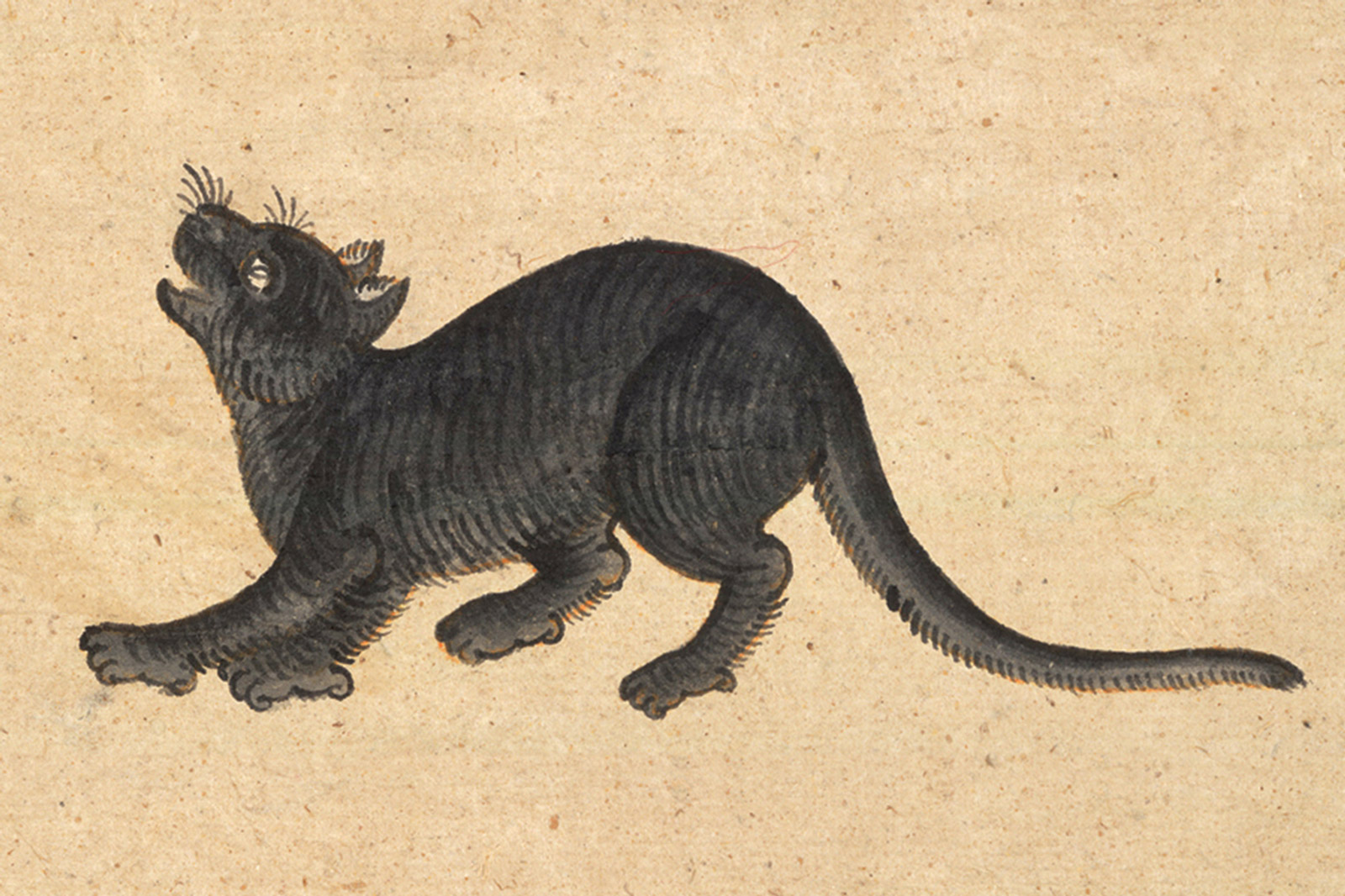
As the name, the breed. Dark Sapphire,
Perfect shiny black form,
Teeth, eyes, claws, tongue, black as the body,
And a tapering tail to the end, running back to touch the head.
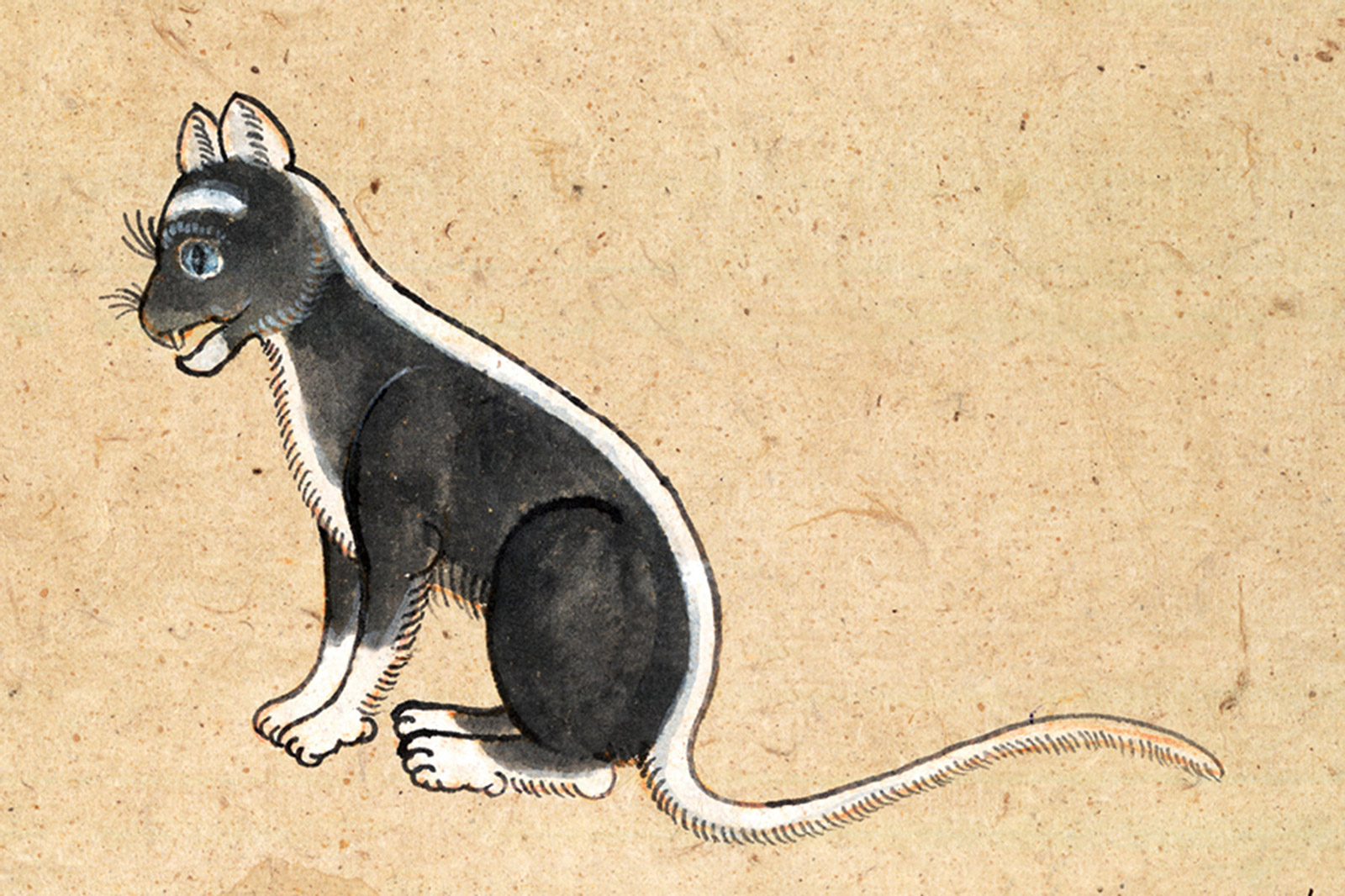
Round from throat and underbelly, two ears
White to the tail—a cotton flower.
All four paws white, two green eyes,
The name Beauty for its body’s black field.
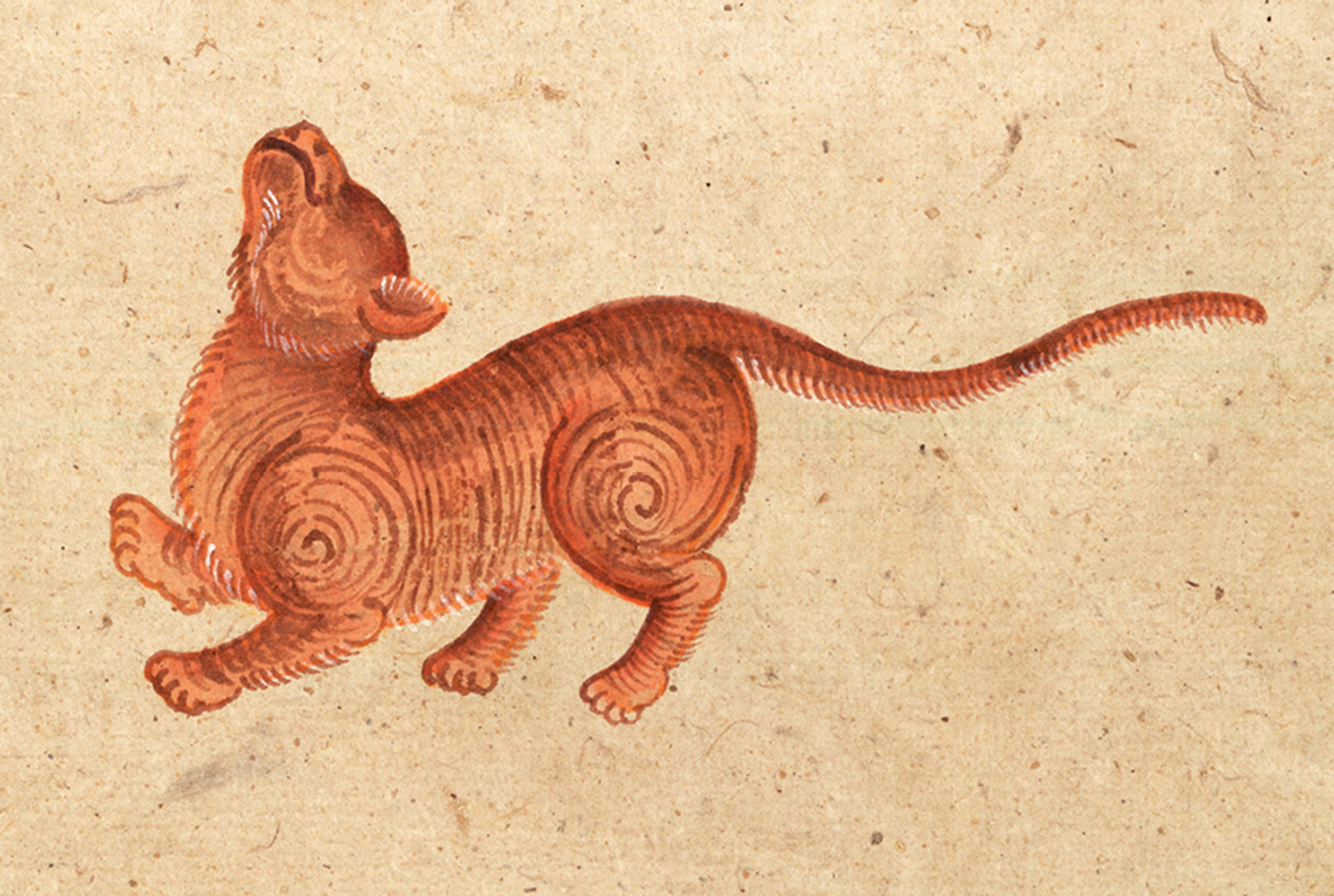
Of appearance superb, a graceful feline.
Color of copper glinting,
Eyes lit like shining rays
Against all evil, malevolence turns to content.
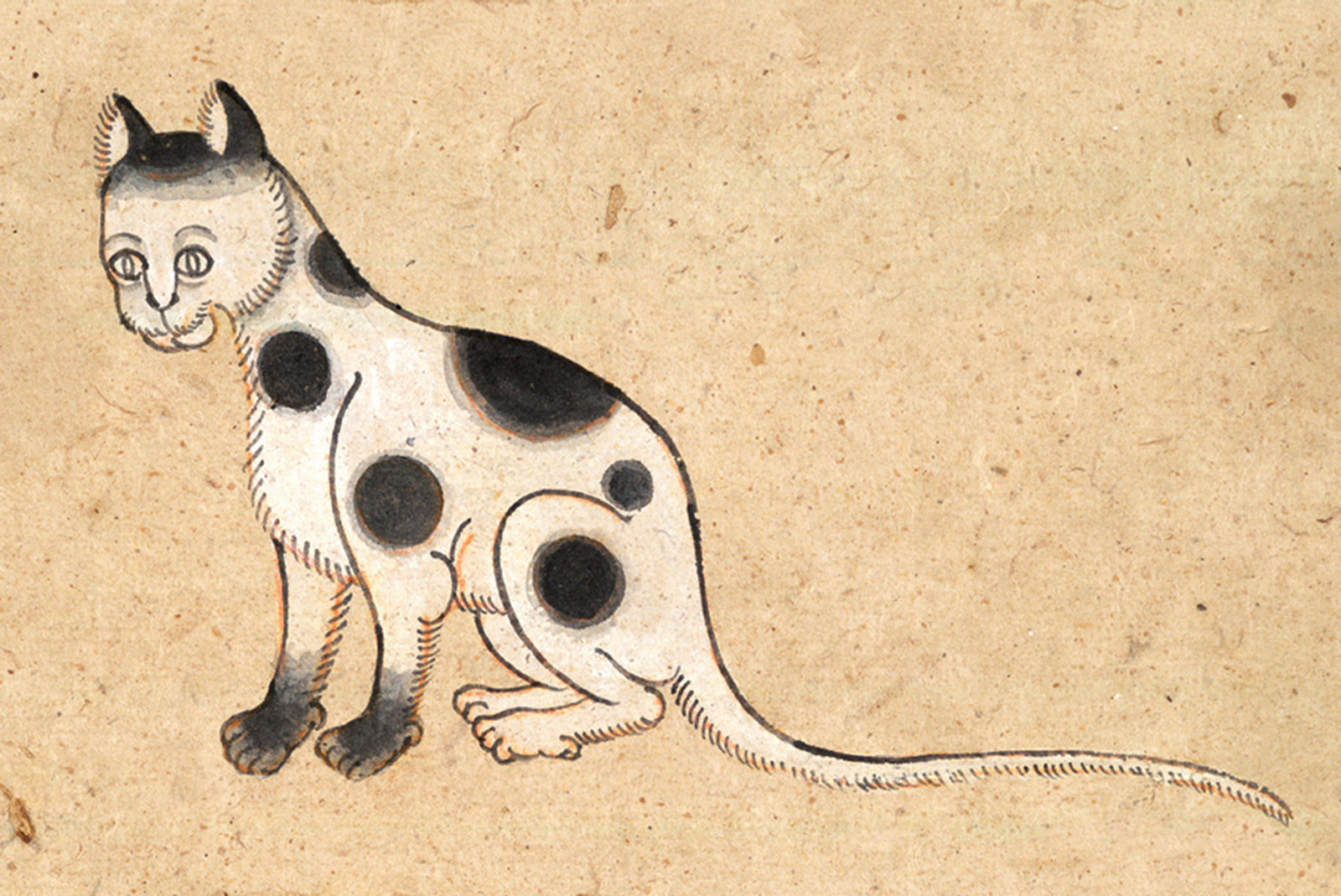
Alternating circles on neck, head, and hind thighs,
Plus on both shoulders and front paws,
Black covering the ends of both paws.
Nine horse-like black spots on an all-white background.
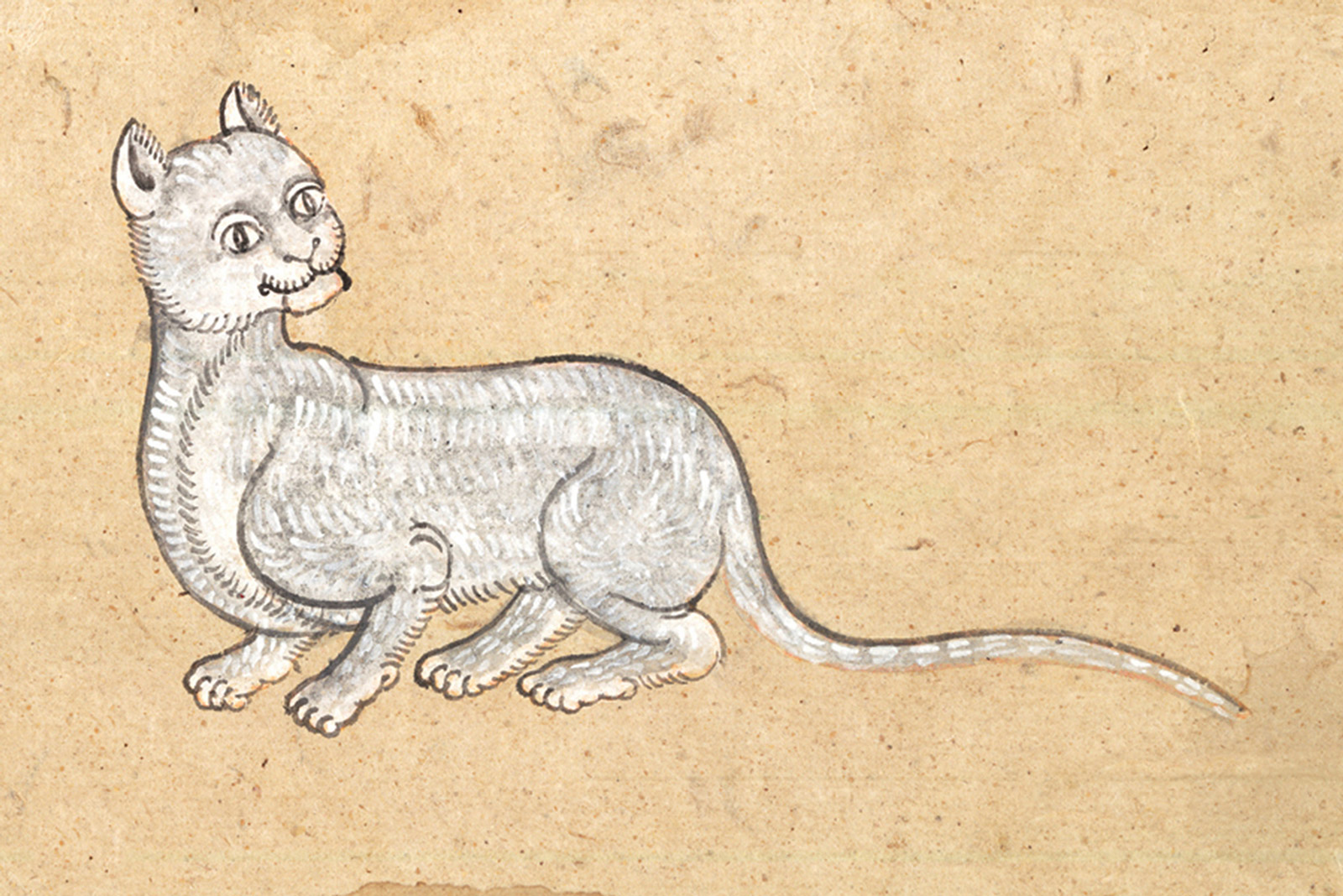
Grace of the flower, its body evenly colored,
Fur like the lao flower, smooth.
Fur roots a cloudy gray, off-white
Eyes, like dewdrops on a lotus.
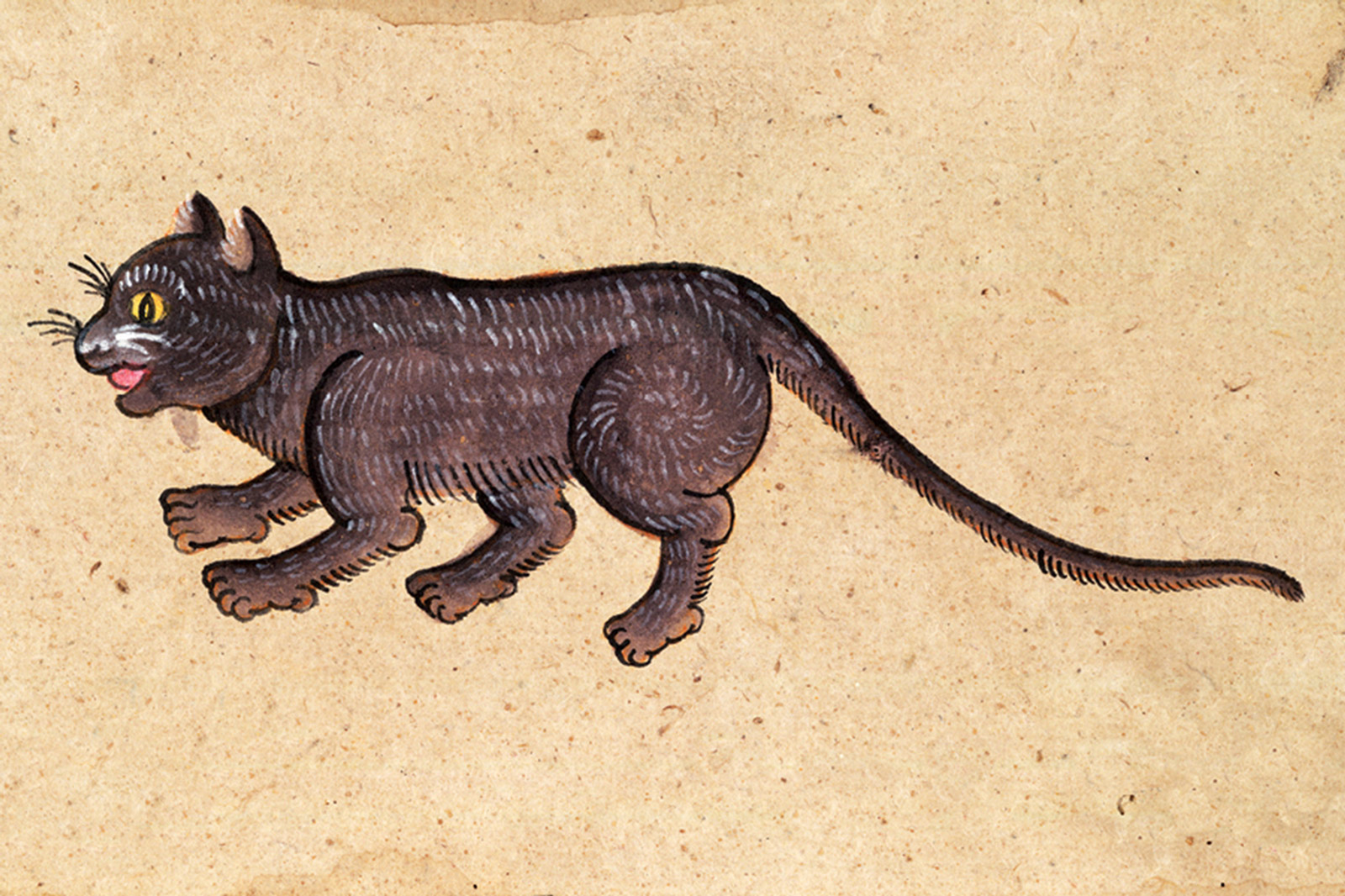
Black fur alternates with white in all parts.
Fur light and scant on the body,
The shape orderly, slender, and beautiful.
Eyes lit like fireflies, applied liquid gold.
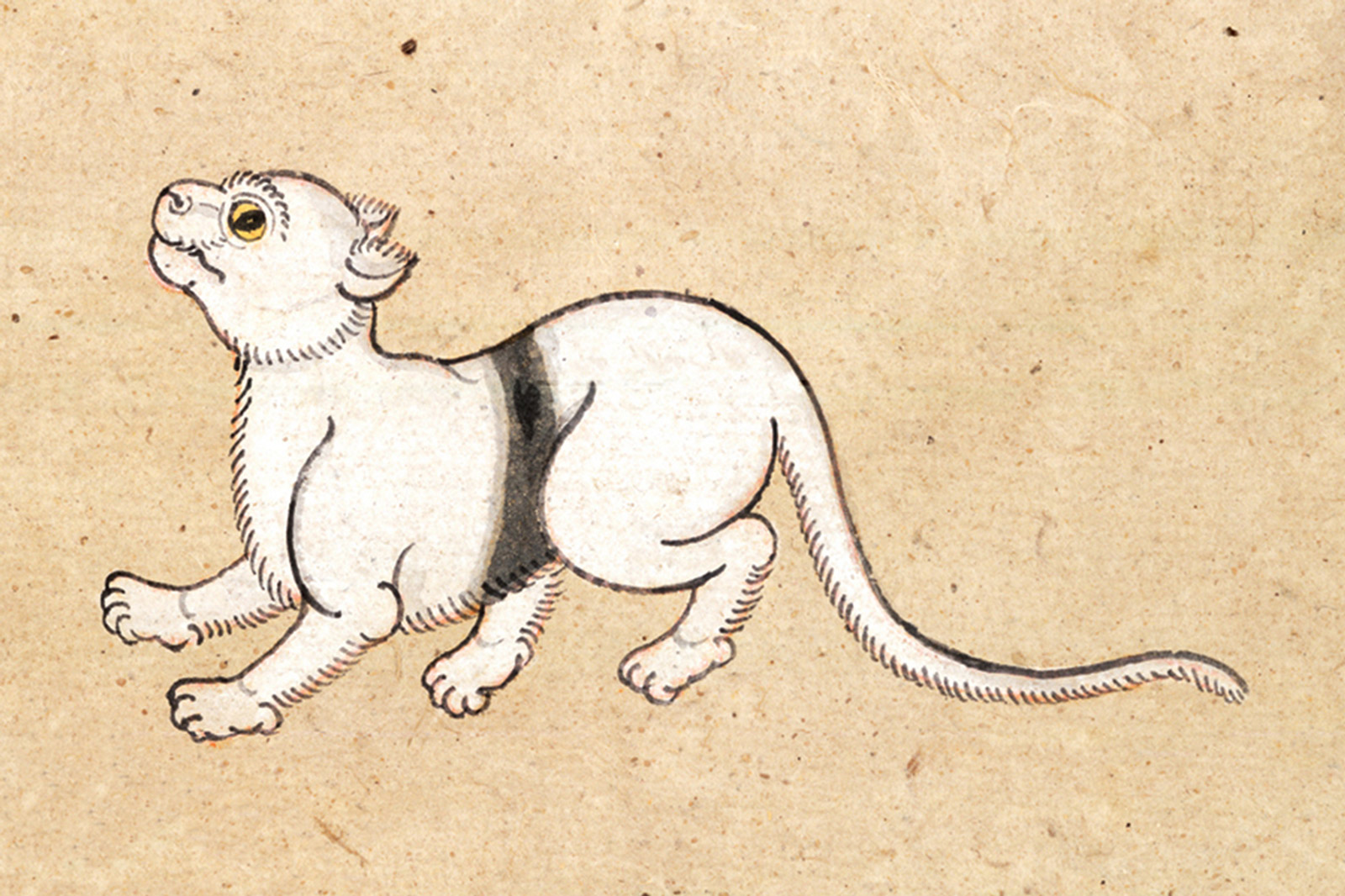
So called for the body colored as a conch shell,
Thus the name Jeweled Cloth was bestowed.
A dividing band from chest to back,
Golden eyes brim with water like soft light.
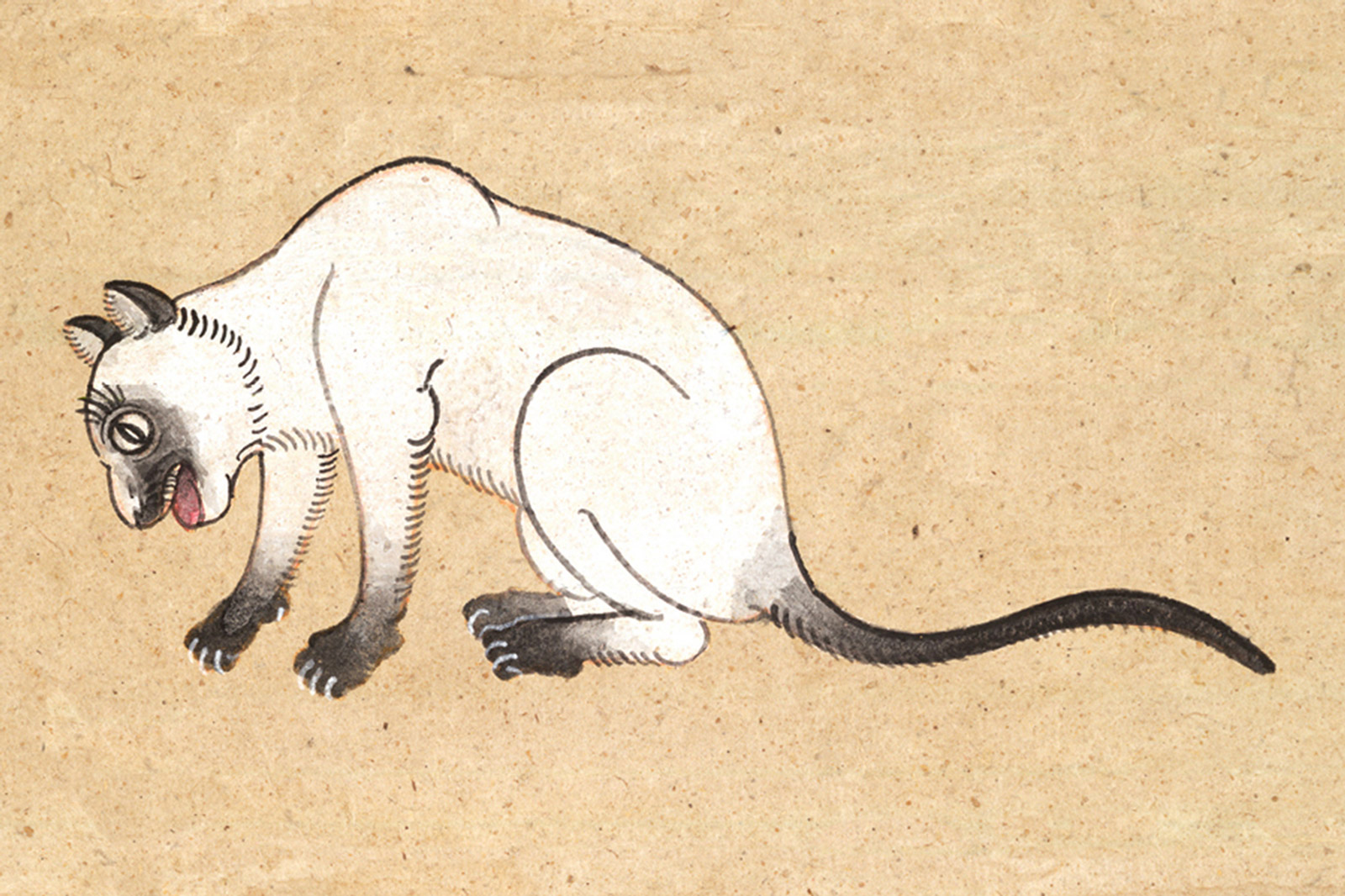
Upper mouth, tail, four paws, and two ears,
Eight points of pure black, as stated.
Eye color shines bronze-gray,
The name Moon Diamond for the white fur.
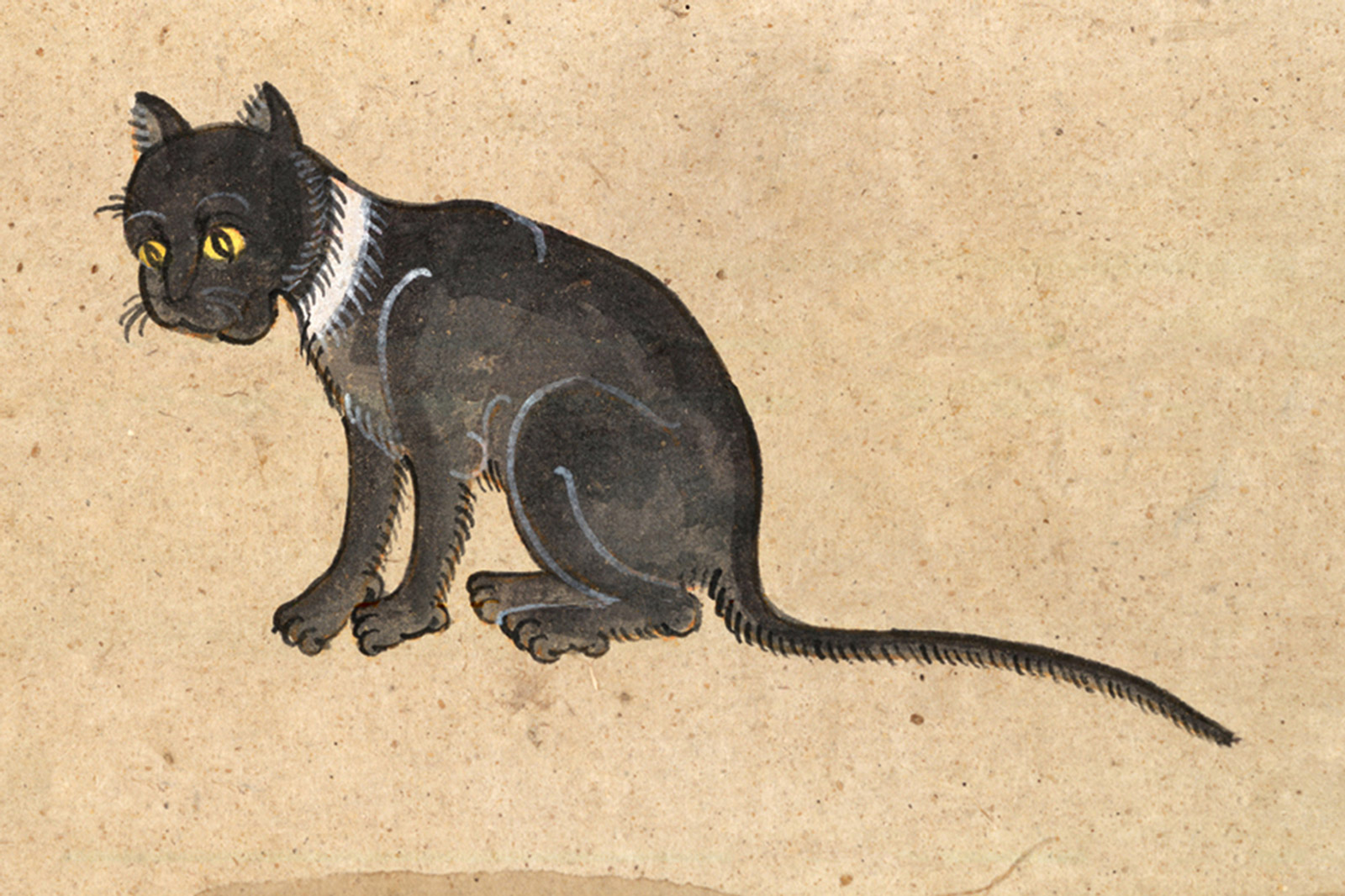
The name Sapphire Circle bespeaks grace.
Body to crows’ wings truly compares,
White around the neck, and
can live in any country; this cat one should look after.
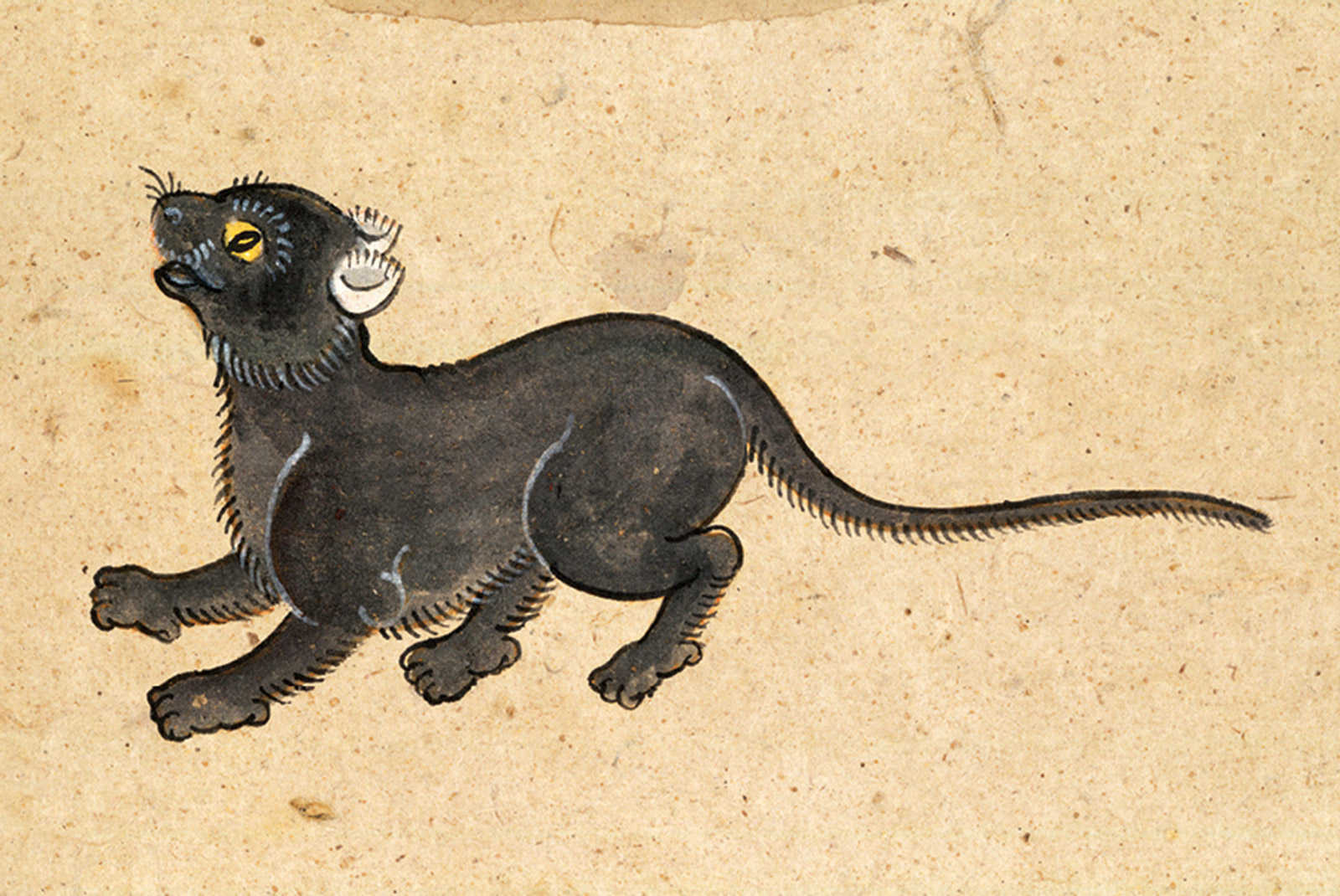
Mulila is one with its name,
Two ears white, as if embroidered.
Eyes like blooming flowers, like the yellow chrysanthemum.
To the tail-tip all black—feet, body, and head.
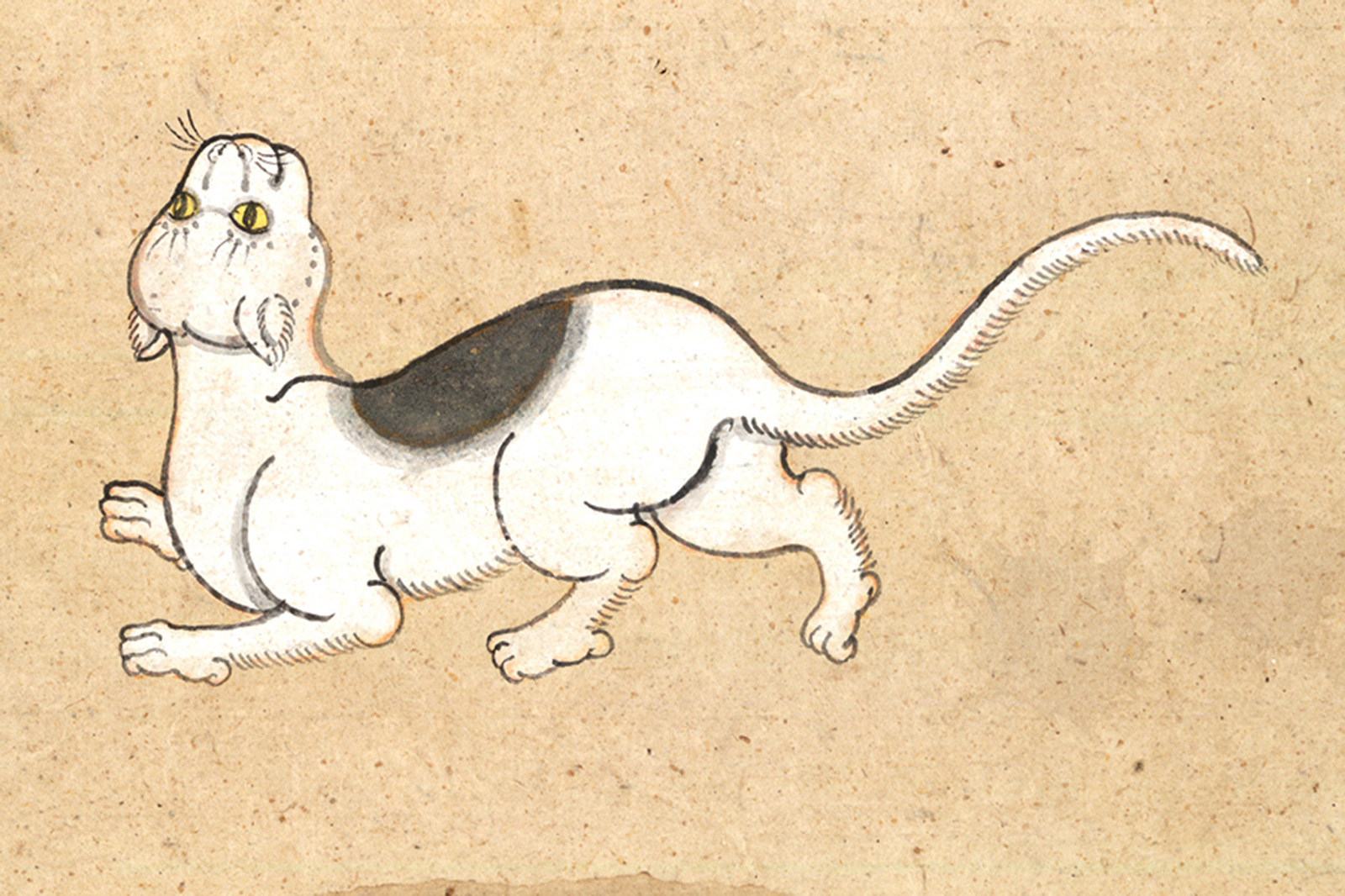
Spectacle Frame is the name. White as cliffs,
Black fur around the eyes, as if dyed.
On the back, like a horse’s saddle,
A beautiful inky circle. Found in any country.
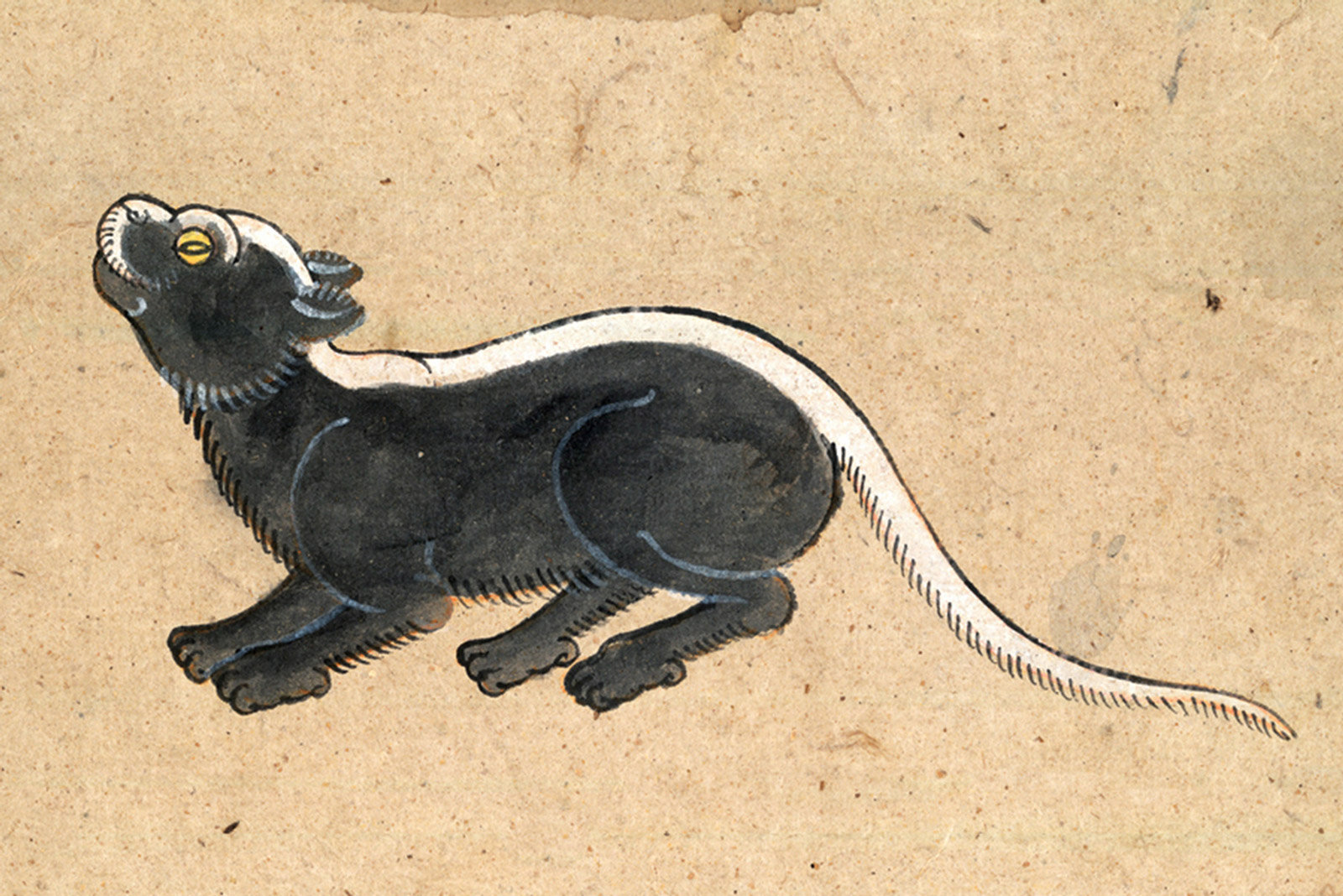
The white line goes from the nose,
white, all along to the tail, a rarity.
Mixed, alternating to the eye. A short body,
Eyes like golden sands of yellow topaz.
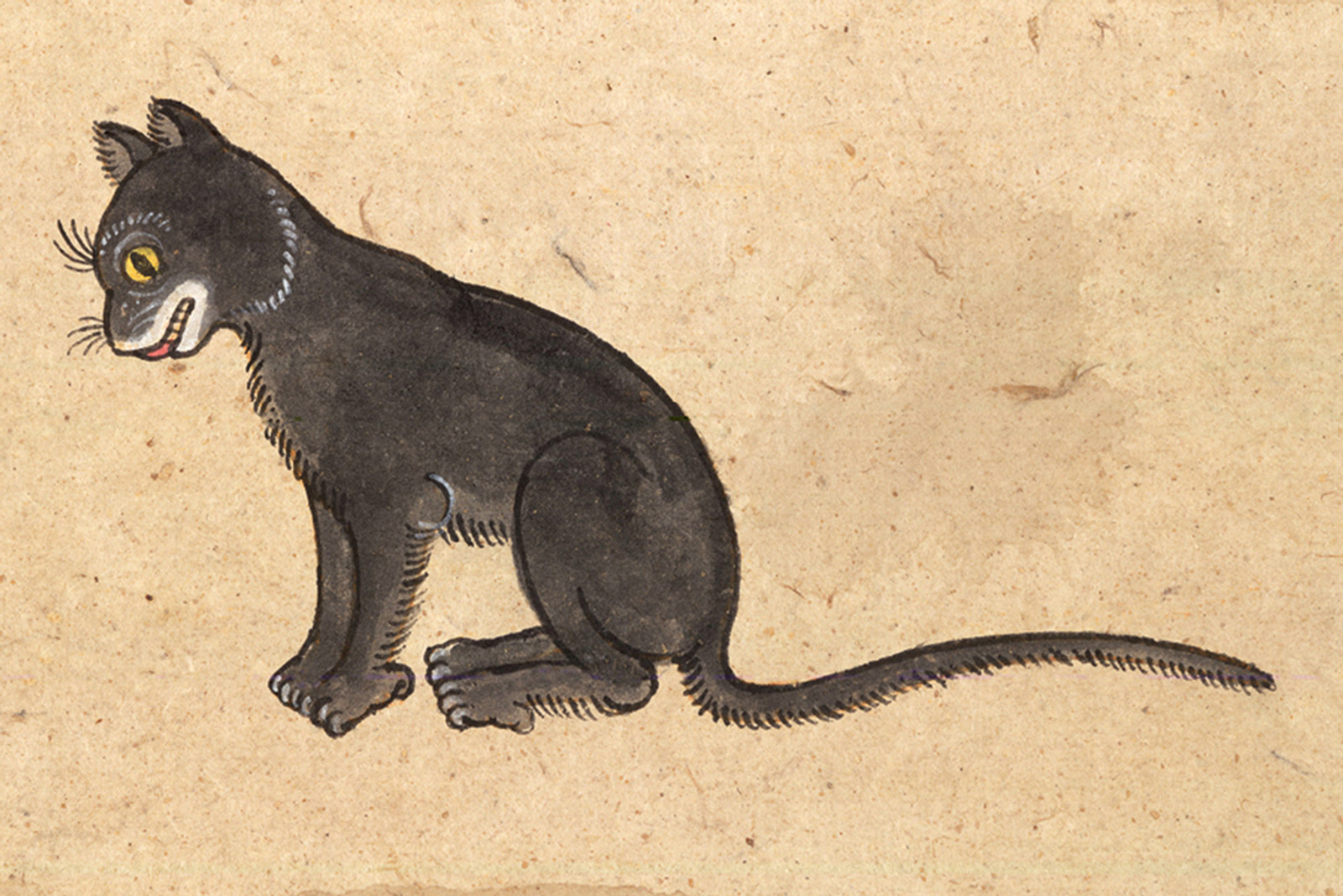
With the name Sparrow, a nice round frame.
Black body, the shaded background.
White fur, like clouds, floats around the mouth.
Eyes a mix of fresh colors, like gamboge pigment.
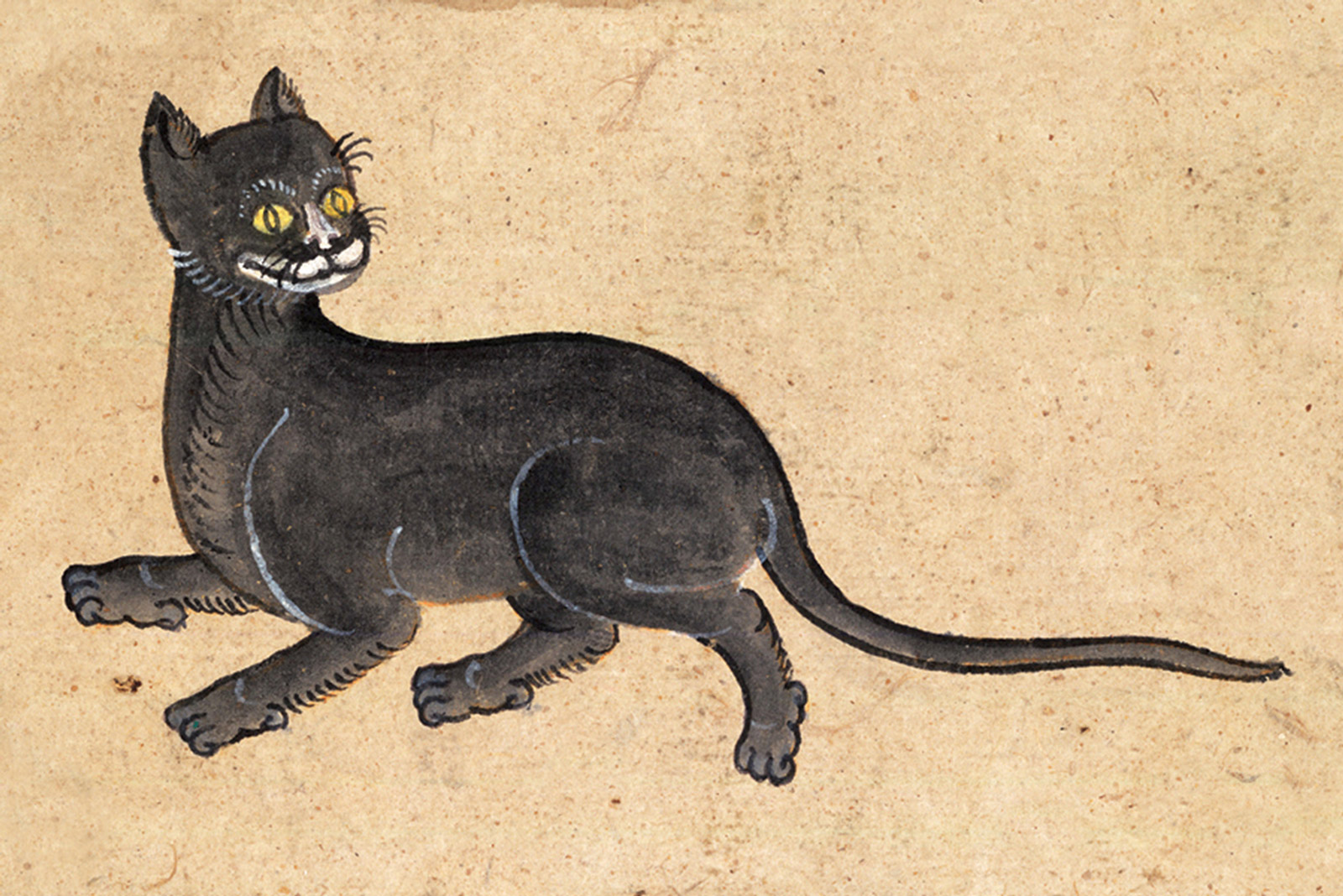
The Lion is a black-bodied breed.
White around the mouth, around
The neck’s conch-shell mane, and on nose tip.
Gamboge eyes, drops of water fading in light.
Martin Clutterbuck is the author of Siamese Cats: Legends and Reality (While Lotus Press, 2004) and is a student of classical Thai literature. He is a British expatriate resident of Bangkok, currently working in public relations.